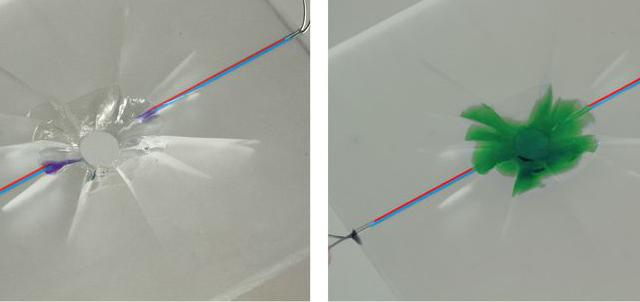Good news for klutzes: This new plastic heals itself by oozing liquid, which can solidify to automatically fill holes and cracks — just like blood clots to repair wounds.
There have been bio-mimicking materials that could heal microscopic crack in the past, including ones made by Scott White at the University of Illinois at Urbana-Champaign — who’s also responsible for this new one. This time around though, he’s developed a plastic which is lined with a kind of artificial vascular system, like the veins and arteries that carry blood around the human body, which can repair far larger breaks.
They system carries two different liquids — one containing long, thin molecules and the other three-sided molecules — in separate channels. When the fluids mix they react, joining together to create a scaffold, forming a thick gel. A sprinkling of other ingredients in the mix cause the gel to harden over the course of the next few hours.
So, when the plastic is fractured, the vascular system is damaged and the two liquids leak out, mixing with each other and in turn forming the restorative gel. In test, the system was able to fill a 4-millimetre hole with 35mm of surrounding cracks within 20 minutes and hardened in about three hours. The patch was about 60 per cent as strong as the original plastic — so not full fighting strength, but pretty good nonetheless. The research is published in Science.
The researchers reckon that, where such ability is needed, it would be possible to create large sheets of plastic with criss-crossing channels, so that entire structures could recover from damage. Jeff Moore, one of the researchers, explained to New Scientist:
“You pay the price for being able to repair this damage, but it is certainly one that nature has figured out how to tolerate. If you just look to things like bone or trees, they are all vascularised.”
The team sees remote yet safety-critical structures as an obvious application — spacecraft, say, or drilling equipment at the bottom of deep wells. For now, though, there’s room for improvement: holes larger than 8 millimeters don’t fill properly yet, as the gel sags before it hardens. Hopefully using foams instead of gels should solve that problem. [Science via New Scientist]
